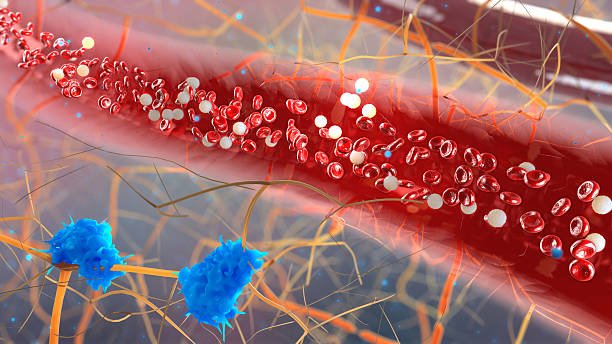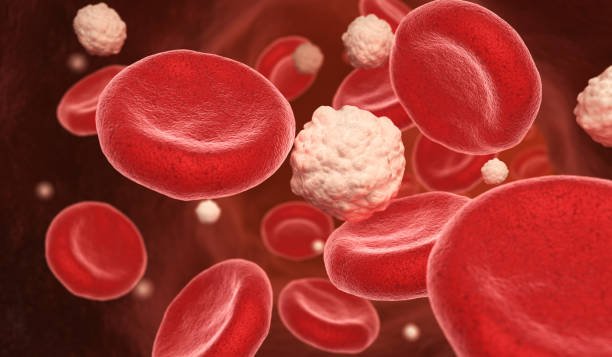Sugars are the building blocks of carbohydrates, playing a pivotal role in the human diet as well as in various biochemical processes. Among the many types of simple sugars that exist, glucose and fructose are two that often capture the attention of both scientists and health experts. Understanding these two sugars, their relationships, similarities, and differences can offer us a more nuanced perspective on human metabolism and nutrition.
How can Glucose and Fructose be Described: Relationships with Examples
Glucose and fructose are both monosaccharides, or simple sugars, that contain the same chemical formula of six carbons, twelve hydrogens, and six oxygens (C6H12O6), but they differ structurally and metabolically. They share a relationship in the form of sucrose, common table sugar, which is a disaccharide composed of one glucose molecule and one fructose molecule. When sucrose is consumed, enzymes in the digestive system break it down into its component sugars, allowing them to enter their respective metabolic pathways. For example, glucose is directly used by cells for energy and triggers an insulin response to help regulate blood sugar levels, often seen in foods like bread and rice. Fructose, found in fruits like apples and grapes, is metabolized primarily in the liver and doesn’t significantly affect insulin levels. Though they originate from similar food sources and combine to form common sugars like sucrose, their different metabolic pathways have distinct impacts on the body.



What is Glucose?
Glucose is a simple sugar, a monosaccharide, that serves as a primary source of energy for living organisms. It is a six-carbon sugar that plays a crucial role in cellular respiration, enabling cells to produce ATP (Adenosine Triphosphate), which is the “energy currency” of life. Glucose is the sugar that is measured when one takes a blood sugar test, and its levels are regulated in the body by hormones like insulin and glucagon. It is present in a variety of foods and can also be synthesized in the body through processes like gluconeogenesis.
What is Fructose?
Fructose is another monosaccharide, also containing six carbons, but it has a different structure and metabolic pathway compared to glucose. Often found in fruits, honey, and root vegetables, fructose is sweeter than glucose. Unlike glucose, which is directly utilized for energy, fructose is metabolized in the liver. Excessive consumption of fructose, often from processed foods and sugary beverages, has been linked to various health issues such as obesity and liver disease.
Relationships Between Glucose and Fructose
Both glucose and fructose can combine to form sucrose, which is the common table sugar we use daily. The enzymatic breakdown of sucrose in the digestive system releases glucose and fructose, which then enter different metabolic pathways. While glucose can trigger the release of insulin and is directly taken up by cells for energy, fructose bypasses this step and heads straight to the liver for metabolism.
Similarities Between Glucose and Fructose
- Chemical Composition: Both are monosaccharides and contain six carbons, twelve hydrogens, and six oxygens.
- Sources: Both are naturally found in foods like fruits and vegetables.
- Energy Production: Both sugars provide energy, albeit through different metabolic pathways.
While glucose and fructose may engage in different metabolic pathways and exhibit distinct physiological effects, they share a range of similarities that are not only limited to their basic chemical structures. Below are some of the key similarities backed by data and scientific evidence:
Chemical Composition
Both glucose and fructose have the chemical formula C6H12O6. This implies that they are isomers, which means they have the same molecular formula but different structural arrangements. The difference in structure leads to their unique properties, but fundamentally, they are composed of the same types of atoms.
Caloric Content
Both glucose and fructose provide 4 calories per gram, serving as a significant source of energy for the body. These calories can be utilized by different cells for varying metabolic processes, which is essential for sustaining life.
Natural Occurrence
Both sugars are naturally occurring in a variety of foods. For instance, glucose is abundant in foods like grains, while fructose is rich in fruits such as apples and berries. Interestingly, some foods like honey and certain types of vegetables contain both glucose and fructose, illustrating their overlap in natural sources.
Water Solubility
Both glucose and fructose are highly soluble in water, making them easily absorbed in the gastrointestinal tract. This property allows them to be rapidly transported through the bloodstream to the cells that require energy. Research shows that the solubility of these sugars in water is crucial for their metabolic roles.
Involvement in Glycation
Both sugars are involved in glycation, a process in which sugar molecules bond to proteins or lipids. This is a critical biological phenomenon, but excessive glycation can lead to complications, especially in conditions like diabetes. Studies have shown that both glucose and fructose have the potential to engage in glycation, although at different rates.
Presence in High-Fructose Corn Syrup (HFCS)
High-Fructose Corn Syrup, a commonly used sweetener in processed foods, contains both glucose and fructose. This demonstrates not only their joint presence in manufactured food products but also their similar roles in contributing to sweetness and caloric content.
Role in Sugar Conversions
Both sugars can be enzymatically converted into the other form. For instance, an enzyme called glucose isomerase can convert glucose into fructose. This is often done in industrial settings to produce high-fructose corn syrup, emphasizing their interchangeable roles in biochemistry.
In summary, glucose and fructose, while distinct in many ways, share a surprising array of similarities ranging from their chemical compositions to their roles in natural foods and industrial processes. Understanding these similarities can provide us with a comprehensive perspective on how these sugars operate and influence health and nutrition.
Differences Between Glucose and Fructose
- Metabolic Pathway: Glucose enters the glycolytic pathway, whereas fructose is metabolized primarily in the liver.
- Taste: Fructose is generally sweeter than glucose.
- Insulin Response: Glucose triggers the release of insulin, while fructose does not have a significant impact on insulin levels.
Understanding the differences between glucose and fructose can provide significant insights into how these sugars affect our health, metabolism, and even our eating habits. The distinctions range from their metabolic pathways to their impact on the human body. Here, we delve deeper into the science and evidence supporting these differences.
Metabolic Pathways
Glucose: Upon ingestion, glucose enters the bloodstream and circulates throughout the body, ultimately reaching various tissues where it is either used for immediate energy or stored for future use. It enters the glycolytic pathway to be converted into energy in the form of ATP.
Fructose: Fructose is almost entirely metabolized in the liver, where it can be converted into glucose and stored as fat. Unlike glucose, it doesn’t enter the glycolytic pathway.
Evidence: Studies have shown that the liver converts a significant portion of fructose into fat, contributing to fatty liver disease and increasing the risk of obesity. Meanwhile, glucose is more efficiently converted into energy, leaving less residue that can turn into fat.
Insulin Response
Glucose: Consuming glucose leads to an immediate rise in blood sugar levels, triggering the pancreas to release insulin. This hormone allows glucose to enter cells, where it can be used for energy.
Fructose: Fructose does not cause a significant release of insulin because it is metabolized in the liver without involving the pancreas directly.
Evidence: Research has demonstrated that a diet high in fructose can lead to insulin resistance, a precursor to diabetes, whereas glucose has a much less detrimental impact on insulin sensitivity.
Sweetness and Taste
Glucose: Less sweet compared to fructose, often described as having a “milder” sweetness.
Fructose: Significantly sweeter than glucose. It is often used in the food industry to sweeten processed foods and beverages.
Evidence: Sensory analysis tests reveal that people generally perceive fructose as being sweeter than glucose, which can influence the quantities consumed and consequently, caloric intake.
Health Impact
Glucose: Generally considered less harmful when consumed in moderation, as it provides essential energy for bodily functions.
Fructose: High fructose intake, especially from processed foods and sugary drinks, has been linked to obesity, liver disease, and cardiovascular problems.
Evidence: Epidemiological studies have correlated high fructose consumption with increased rates of obesity and metabolic syndrome, whereas the health implications of glucose consumption appear less severe when consumed as part of a balanced diet.
Role in Food and Beverages
Glucose: Often used in energy drinks and foods aimed at rapid energy replenishment.
Fructose: Commonly used in sweeteners like high-fructose corn syrup (HFCS), which is prevalent in sodas and processed foods.
Evidence: The high usage of fructose in processed foods and beverages has been implicated in rising obesity rates, partly due to its lower satiety and greater fat conversion rates compared to glucose.
By examining these differences more closely, supported by scientific research and evidence, we can make more informed choices about our sugar consumption, potentially improving our long-term health outcomes.
Concluding Thoughts
While glucose and fructose may seem similar at first glance, their differences in metabolism, impact on the body, and natural sources make them unique in their own right. Understanding these sugars can offer key insights into how our diets affect our health, why certain foods may be preferable to others, and how to manage conditions like diabetes more effectively. As more research unfolds, our grasp of these simple sugars and their roles in human health continues to deepen, offering promising avenues for nutritional science.
